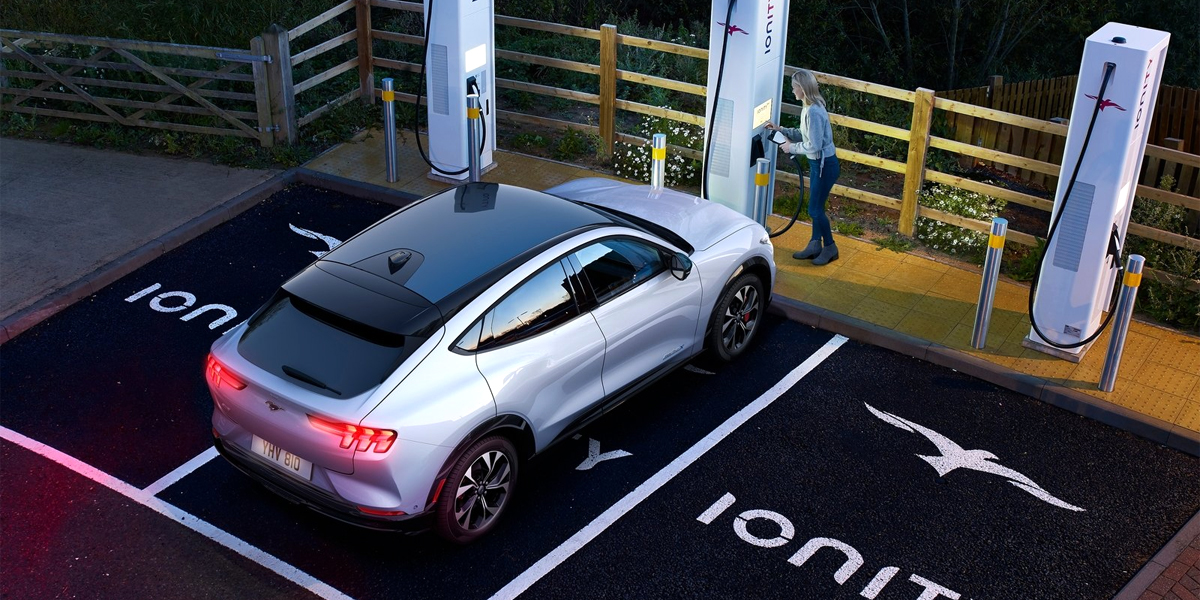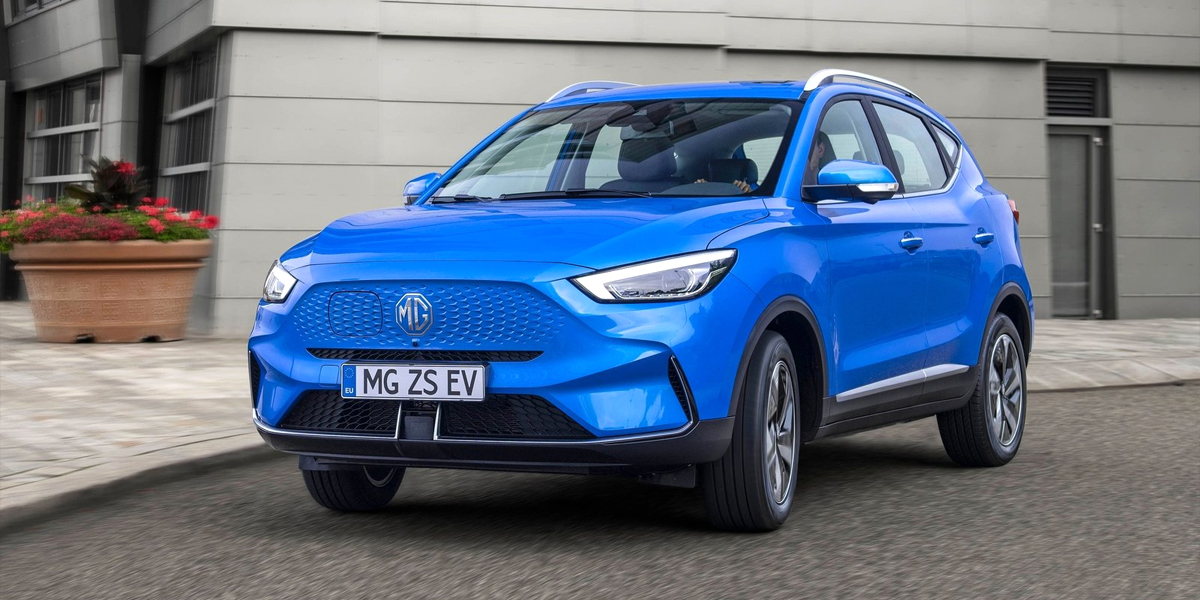The new GWM Ora Funky Cat and BYD Atto 3 join the MG 4, MG 5 and MG ZS with their lithium iron phosphate (LFP) batteries. Ford has also joined the bandwagon and plans to build a factory in the USA specifically for LFP battery production.
Currently, the majority of electric cars use nickel cobalt manganese (NCM) batteries. These materials are highly sought after and don’t come cheap. As a result, car manufacturers are exploring cost-effective alternatives to power their EV line-ups.

LFP batteries are proving to be the most popular alternative and feature in many budget EVs. Not only are these batteries less expensive, but they’re also more durable than traditional NCM batteries and don’t degrade as quickly when subjected to high-voltage rapid charging.
So what’s the catch? LFP batteries can’t hold as much energy as NCM cells, but that doesn’t necessarily mean that EVs using LFP have short electric ranges. The MG ZS can go up to 273 miles on a single charge with its 73kWh battery.

As more manufacturers adopt LFP tech, the dependence on critical minerals will lessen which should help to lower prices and reduce waiting times for customers.
Ford will be hoping to introduce lower-range, lower-cost options into its line-up with the introduction of the cobalt-free tech. It’s planned that the Mustang Mach-E will receive the new batteries later in 2023.








